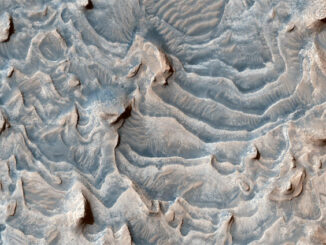
NASA’s Mars Reconnaissance Orbiter

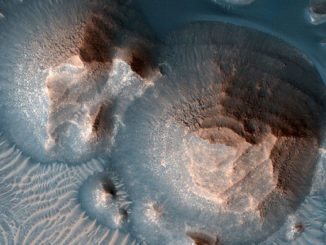



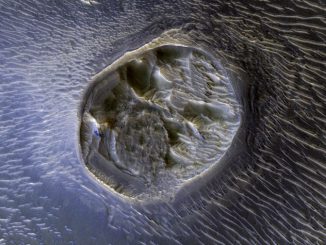

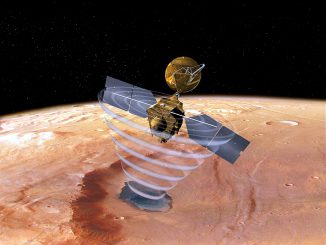
Martian ice deposit holds as much water as Lake Superior
Researchers using NASA’s Mars Reconnaissance Orbiter have determined that frozen beneath a region of cracked and pitted plains on the Red Planet there lies about as much water as fills Lake Superior, largest of the Great Lakes. Scientists examined part of Mars’ Utopia Planitia region with the orbiter’s ground-penetrating instrument, revealing a deposit more extensive in area than the state of New Mexico.

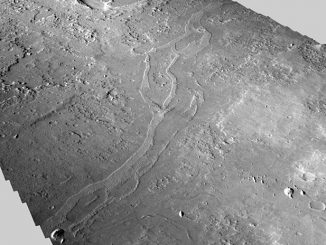
Fossilised rivers suggest warm, wet ancient Mars
Extensive systems of fossilised riverbeds have been discovered on an ancient region of the Martian surface on a northern plain called Arabia Terra, supporting the idea that the now cold and dry Red Planet had a warm and wet climate about 4 billion years ago, according to University College London-led research.
